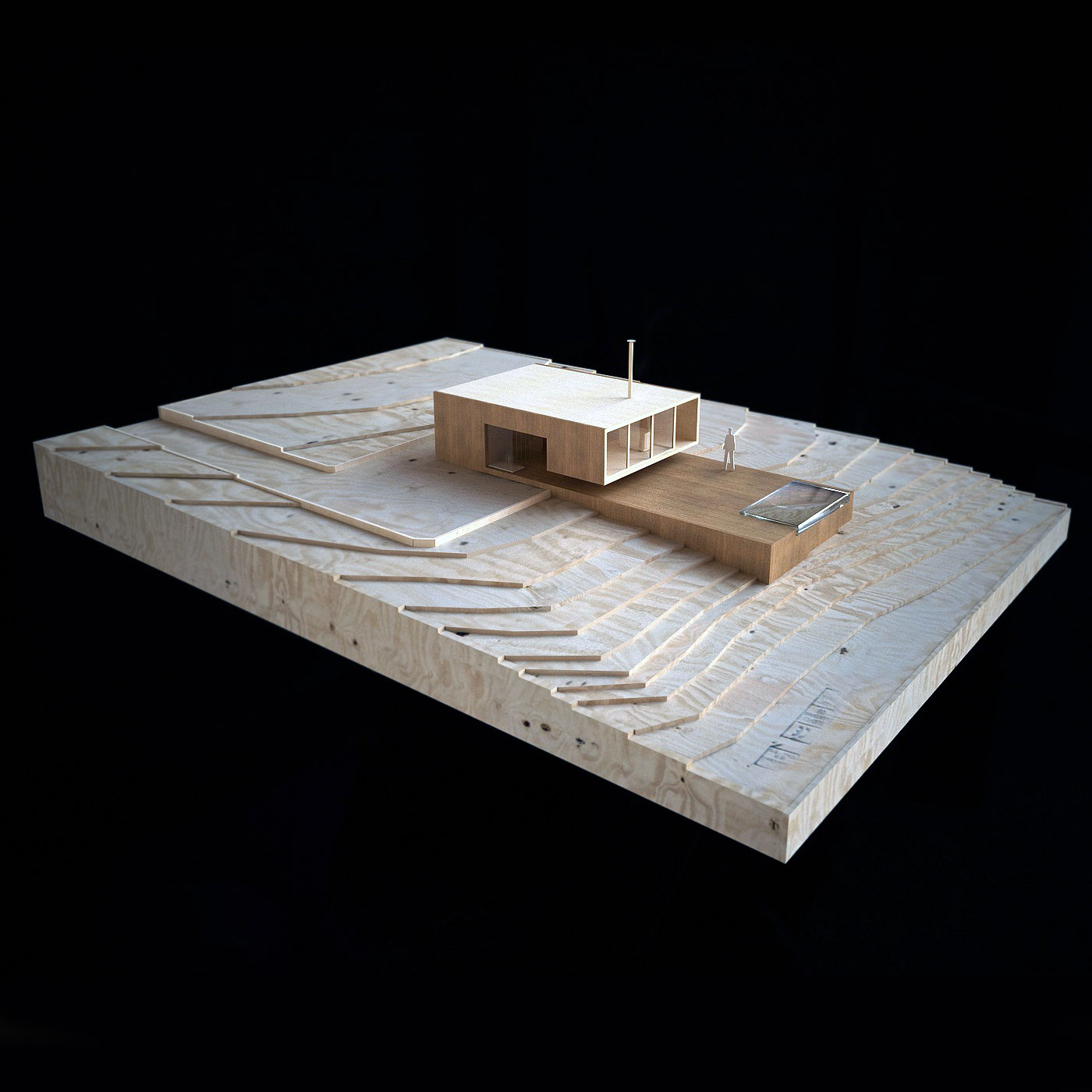DESIGN DESCRIPTION
PMMM (Pier Migrant Mangrove Museum)
The Idea
Our vision for The Pier-Museum extends beyond being a space to commemorate new urban and multicultural crossbreeding in the 21st century. We also see it as an ecological assistant device. Unfortunately, the Caribbean water quality has suffered, leading to the dispersion of 50% of the Caribbean coral reef. However, we believe that a system of living building ecosystems can gradually clean out pollution, water-increasing acidity levels, and synthetic chemicals. Therefore, we aim for the building to be an environmentally responsible and culturally enriching experience.
The system and the City
As you go down Fifth Avenue toward Lummus Park, you’ll notice a beautiful wooden floor that gradually transforms into a series of public furniture and pedestrian walkways. As you continue towards the ocean, this structure rises and eventually leads to a node of stairs and showers that welcome beach-goers to climb the high deck. Keep walking, and you’ll be rewarded with a stunning view of the Upper deck shaded by large mangroves, water reflections from the sea visitor’s disembarkation lower pier, and the Miami Downtown skyline.
The building is impressive, with two glass/wooden box-shaped structures at each end of the great main deck. Two staircases and elevators lead visitors to the three-story building. Upon entering the first floor, you’ll be greeted by an open, double-high reception area that connects to the main mangrove patio. Framed glass doors invite you to explore the multiple bridges connecting each building space.
The project was created with the idea of redistributing the inner area to the five allowed “cantilever” meters. This approach results in an interior space filled with vegetation and water, affectionately known as “the floating forest.” The combination of architecture, water, and vegetation creates a cohesive and unique experience. Visitors can enjoy different exhibitions through an open-shaded patio circulation that will provide a pleasant and memorable experience.
Discover the wonders of a Floating Revitalizing Tropical Forest composed of mangroves, which provide numerous environmental benefits. These include trapping debris and silt to form soil and stabilize the coastline, acting as a filtering system for run-off and ground waters to clarify adjacent open water, and producing nutrients. Mangroves also prevent pollution from excess nitrogen and phosphorous, petroleum products, and halogenated compounds through biofiltration. Additionally, they serve as a natural breakwater that protects coastal land from storm-driven wave and wind action, preventing erosion, property damage, and even human death. Furthermore, mangroves are a nursery and refuge for many juvenile fish, invertebrates, and birds.
Did you know that mangroves can be restored or created with the help of a system that involves reef balls in the intertidal zone? The Reef Ball Mangrove Solution division of Reef Ball Foundation Inc. conducted studies on this topic. Reef Balls are created by pouring concrete into a fiberglass mold, which contains a central Polyform surrounded by various sizes of inflatable balls to make holes. The Reef Ball Foundation offers over a dozen standard mold sizes, and custom sizes can also be made. Spare parts, toolkits, starting concrete additive supplies, and training are included with the molds. Coral propagation kits may also be added. To build the base, clients only need to supply plywood, a compressed air source, and a freshwater supply. End-of-day waste concrete can be used, but micro silica and a high-range water reducer must be added to give the Reef Balls high strength and make the concrete suitable for marine life growth.
Here are the steps to follow for implementing a successful Reef Ball project:
Firstly, it’s worth noting that Reef Balls are subject to stringent quality controls. Their ultimate goal is to create ideal conditions for promoting biodiversity. This is achieved through the use of high-strength concrete and a natural-looking design.
Next, a team of skilled divers will assist in placing the Reef Balls in their designated positions, using floating buoys to guide them into place. Once underwater, their weight and strategically positioned holes ensure they can withstand ocean currents and weather events like hurricanes.
Following this, a special container is installed inside each Reef Ball, containing all the necessary equipment for promoting mangrove growth, including slow-release fertilizers and anchor fixations.
Once everything is in place, the Reef Ball implementation process can begin. With all the necessary components, the result will be a beautiful “marine forest” that promotes biodiversity and enhances the local ecosystem.
Credits:
Design Architect: Paul Cremoux W.
Manuel Ángel Bugallo O.
Production team: Same
Client: University of Miami / Arquitectum
Location: Miami, Florida.
Area: 2,190 m² / 23,573 sqft.

